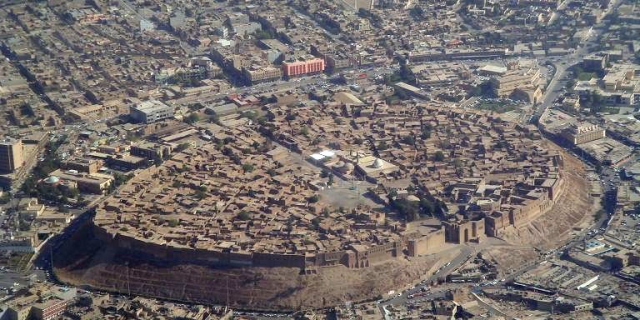Zeugma (Greek: Ζεῦγμα; Syriac: ܙܘܓܡܐ) was an ancient Hellenistic era Greek and then Roman city of Commagene; located in modern Gaziantep Province, Turkey. It was named for the bridge of boats, or zeugma, that crossed the Euphrates at that location. Zeugma Mosaic Museum contains mosaics from the site, and is one of the largest mosaic museums in the world.
Zeugma was founded in the early 3rd century BC as the city of Seleucia by Seleucus I Nicator, a Diadochus (successor) to Alexander the Great and Hellenistic Greek founder of the Seleucid Kingdom, on the site where he had the first bridge over the Euphrates built.[1] In 64 BC, the Roman Republic gained control of the city. Zeugma was of great importance to the Roman Empire as it was located at a strategically important place. Up to 70,000 people lived in the city, and it became a center for the military and commerce for the ancient Romans.[2] In 253 AD, it was destroyed by the Sassanids, but was later rebuilt.[1]
In late antiquity, Zeugma was a diocese of the early Roman church, but the place seems to have been abandoned in the 7th century due to Sassanid Persian and then Arab raids by the Umayyad Caliphate. Arabs lived there temporarily in the Middle Ages. By the 17th century the Ottoman Turkish village of Belkis was built near the ruins.





























Add new comment